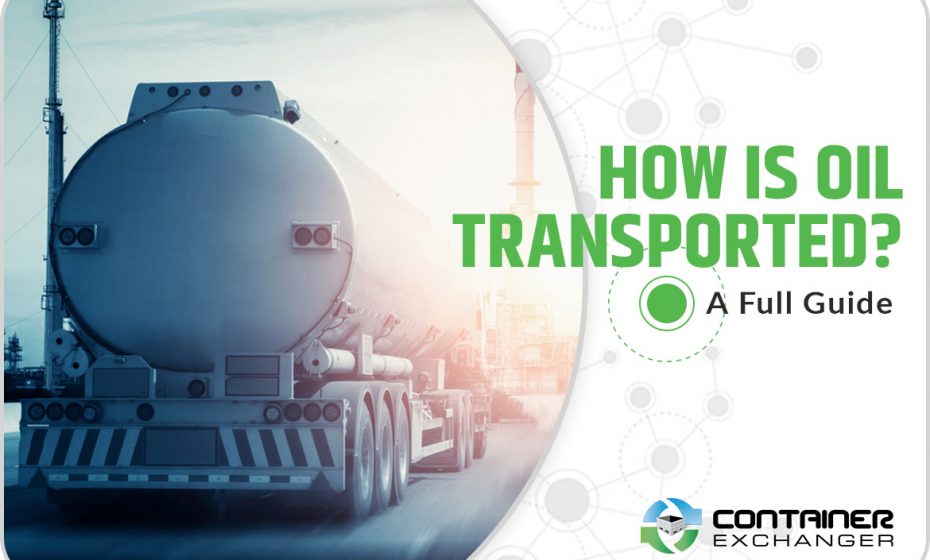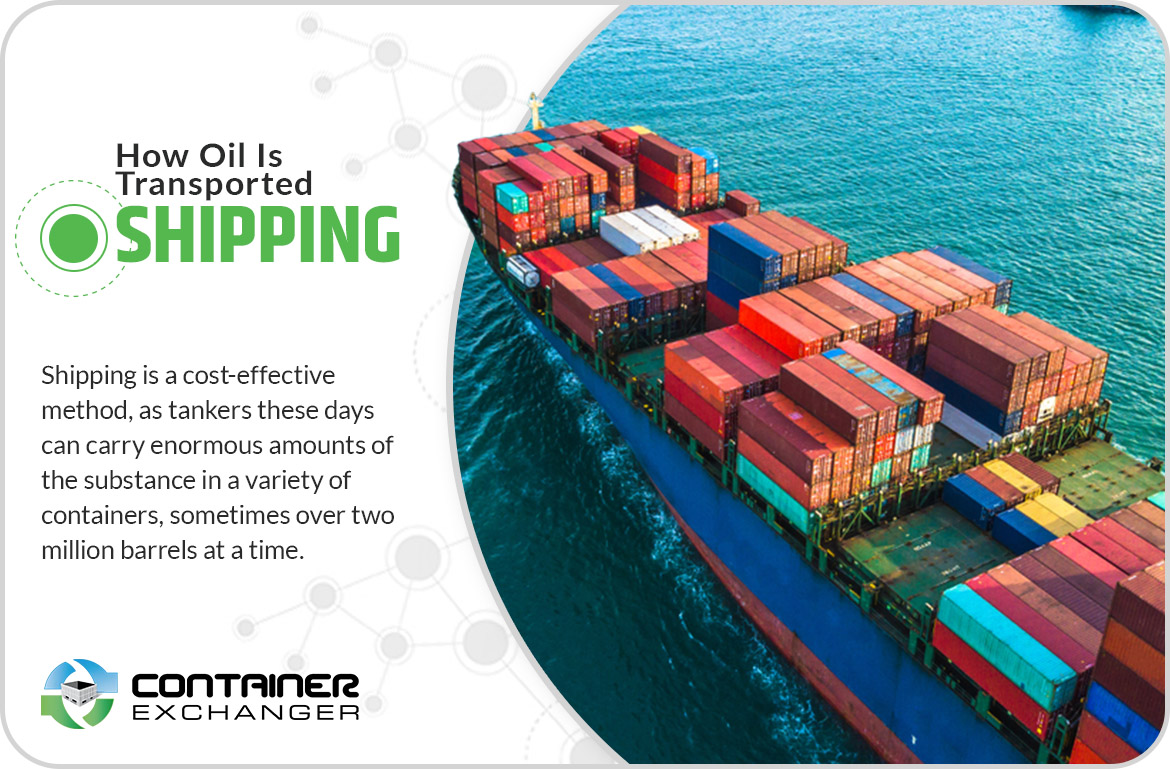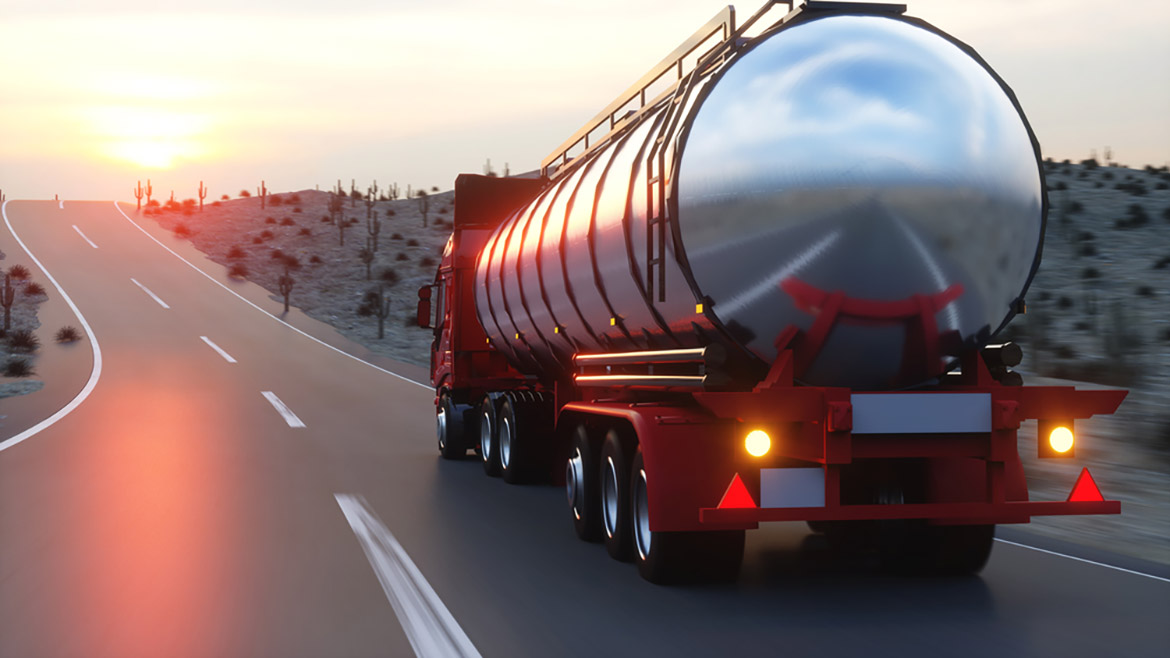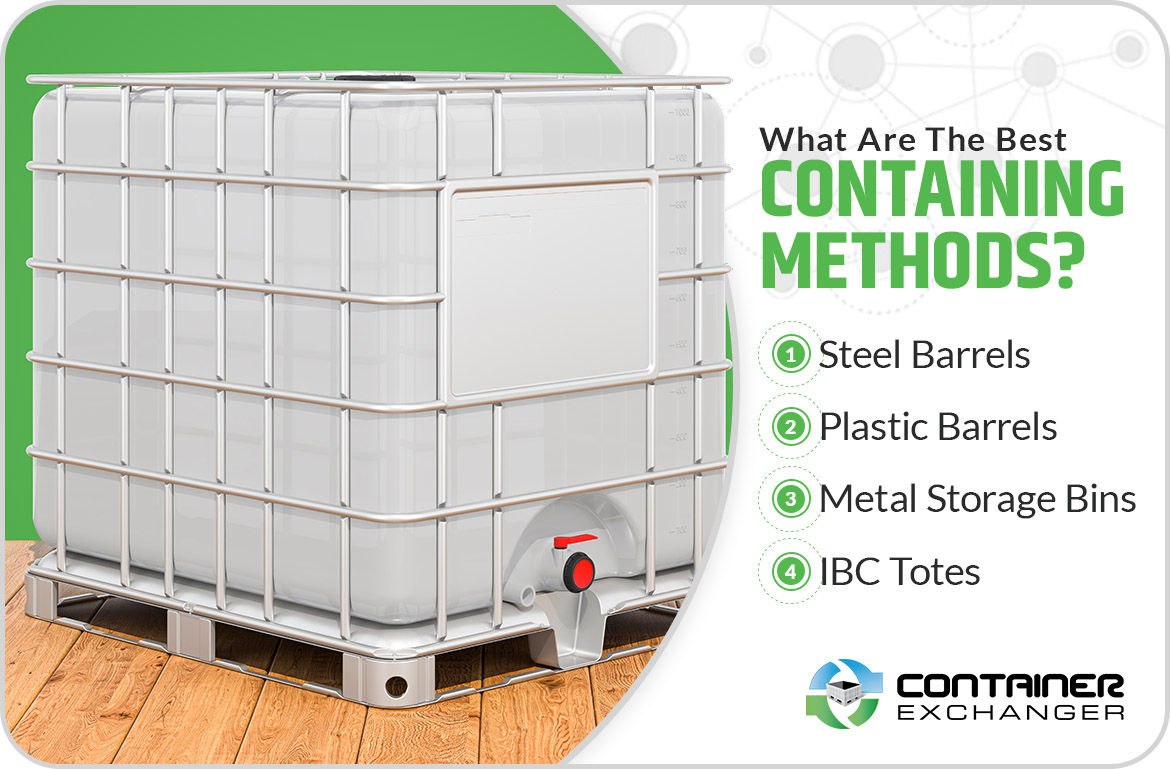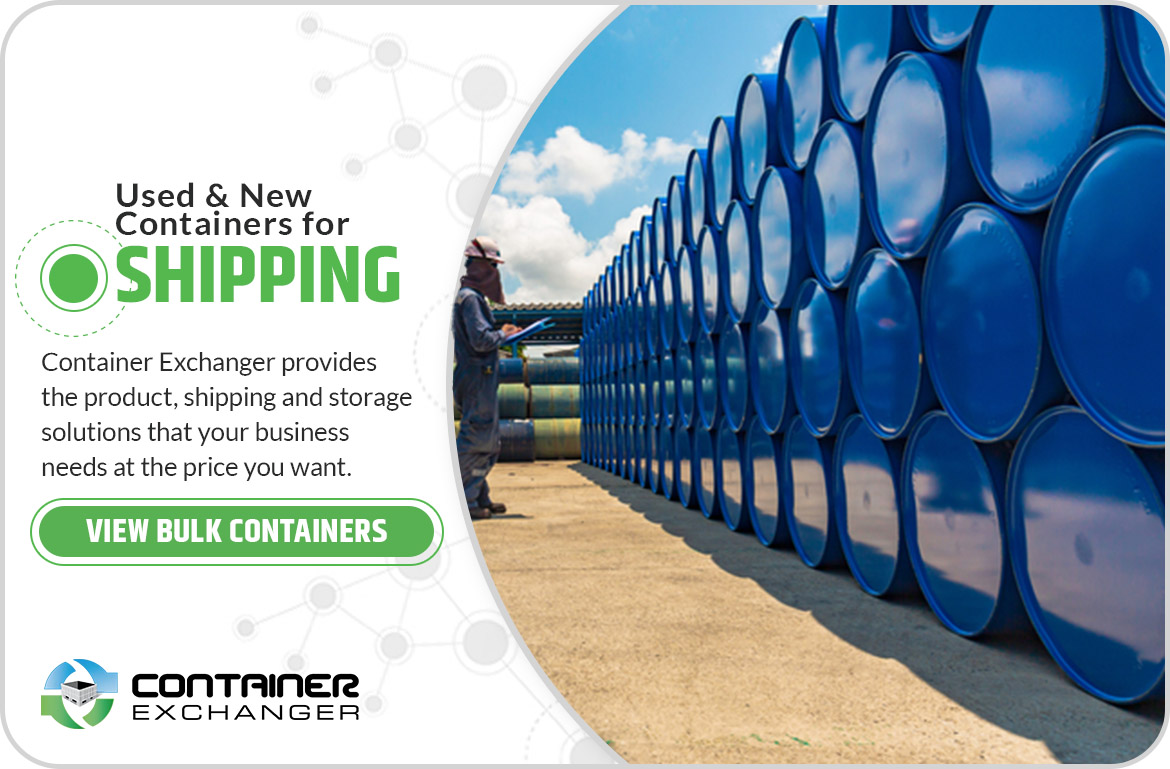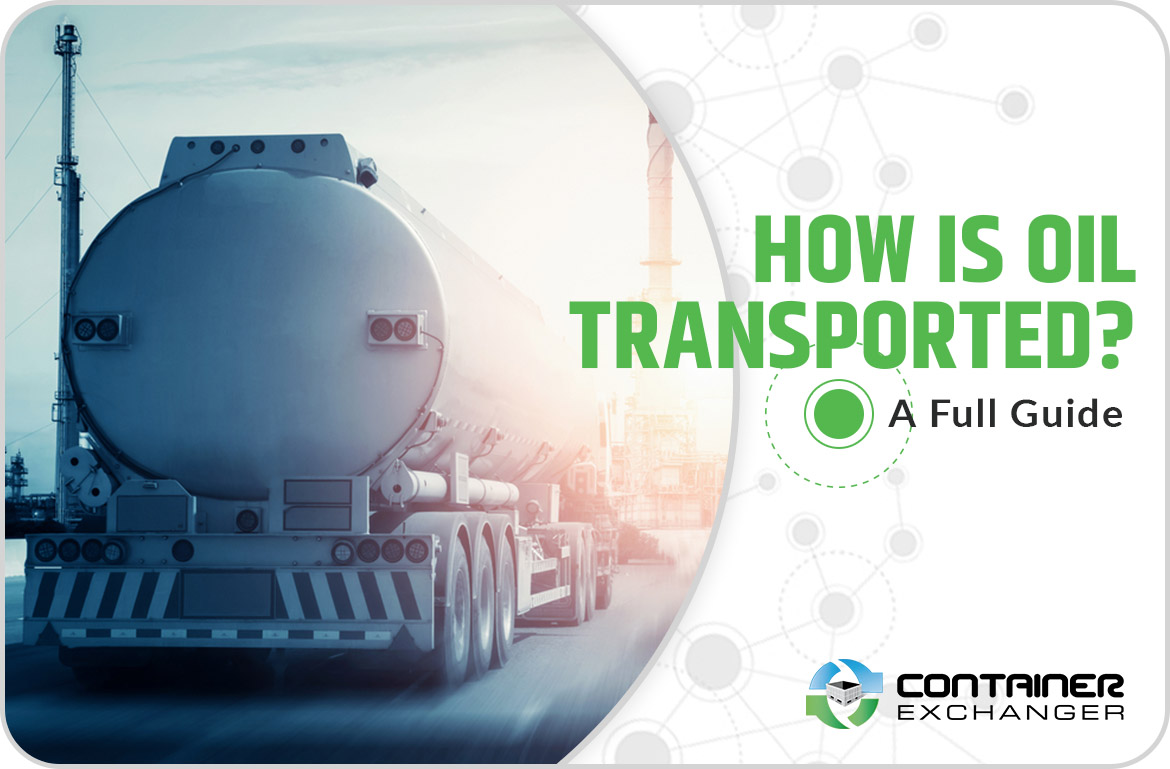
Humans have been using crude oil to light fires, grease machinery and power civilization for thousands of years. Oil fuels virtually every industry you can think of — power grids, automobiles, ships, planes, war machines, the plastics industry, etc. If we lost our access to crude oil today, it would have a significant impact on how we as a world run. So how is oil transported from place to place?
How do we get this substance out of the ground and turn it into fuel and rubber and everything we need it to be? There are enormous transportation networks all around the world dedicated solely to moving oil in drum barrels from point A to point B via trains, trucks and more. Let’s dive into the ways that we take this essential good and get it where it needs to go.
Explore Our Selection of Drum Barrels
Pipelines
Pipelines are static tubes, usually dug underground, that take oil directly from the ground and transport it, sometimes thousands of miles to refineries or whatever the final destination may be. These pipelines can be made of plastic or steel and vary in size. Sometimes, they can be over three feet wide. This makes sense, as these pipelines are responsible for moving thousands of gallons across large swathes of land.
Over the years, pipelines have proven themselves to be one of the most efficient methods of transporting large volumes of oil over massive distances of land. However, they are not without their problems. One major drawback of pipelines is that they are very costly to plan, set up and build. It can take years for a pipeline construction project to begin, and even once it’s started, it can meet all sorts of hiccups along the way.
Planners need to make sure that every piece of land they’re accessing is legally allowed to hold a pipeline. They also need to make sure that environmental regulation agencies will allow the project to go through. Building pipelines can also lead to political issues, and projects are sometimes met with protests from local organizations.
Another issue with pipelines is that they can lead to massive amounts of environmental damage if any breakage occurs during the transportation of oil. They are prone to rust, leakage and blockage from debris, metal and natural materials. To cope with these issues, professionals have developed a variety of solutions.
Polyethylene reinforcements and linings can be used to prevent corrosion. High-tech “pigs” (probes equipped with sensors) are used to collect metals that can collect and clog pipes. It’s imperative that pipelines are regularly inspected to detect any potential weaknesses or damage that could lead to leaks.
Shipping
With much of the world’s oil moving from countries rich in this resource, shipping is a vital part of the global transportation network for oil. Shipping is a cost-effective method, as tankers these days can carry enormous amounts of the substance in a variety of containers, sometimes over two million barrels at a time. Here at Container Exchanger, it’s not uncommon to see oil carried within a container like our IBC totes. Drum barrels are also common.
Ships move refined oil from country to country and also crude oil from drilling sites to offshore refineries. However, this isn’t all. There are a variety of reasons that a ship could be carrying oil around the world. But, like pipelines, ships aren’t without their issues. They can suffer from onboard fires, storms and anything else that can go wrong with a ship away at sea. All of these events can lead to massive oil leaks in the ocean and billions of dollars of lost oil and environmental damage.
Trucking
The trucking industry is essential for transporting smaller amounts of oil across land masses. Trucking brings oil to gas stations either directly from refineries or massive storage facilities. You’ve probably seen these trucks — they’re usually hauling the oil via a tanker car not dissimilar to those used by trains. These tanker cars are capable of transporting over 8,000 gallons of crude or refined oil. They are essential for fueling rural and out-of-the-way gas stations around the world.
Trucks are equipped to carry many different types of oil. They can carry jet fuel to airports or heating oil to people’s homes, businesses, retirement facilities and more. When delivering to service stations, drivers will be using a truck that contains different compartments for oil based on grade. You can’t transport unleaded gas, diesel and leaded gasoline all mixed together in one tanker. These trucks need to keep the individual components separately to ensure quality.
Trucks are absolutely needed to transport oil to more rural areas as they are often the only type of vehicle that can access them. Small towns and rural areas are often inaccessible by train as they don’t have rail networks nearby. Without trucking, small towns, mountainous areas and other places with difficult terrain wouldn’t be able to have access to crude, refined or processed oil.
Trains
The rail network is a way to move large amounts of oil across land networks. Trains are some of the most used freight transportation networks in the world as their weight capacity is unmatched by almost any other land transportation method. Trains transporting oil will make use of massive tanker cars that can carry thousands of gallons of oil each. This means a single train can transport hundreds of thousands of gallons very quickly and at a relatively low cost. This makes them extremely appealing for those looking to move massive amounts of crude or refined oil over land.
Trains are also highly appreciated by businesses because they are easier to set up and utilize than pipelines. They can also transport oil much more quickly than with pipelines or via shipping. Another significant benefit of transporting oil via rail is that most established countries already have intricate systems of rail networks set up between major and minor population centers. This means that no new construction is necessary in the majority of cases.
Some of the drawbacks of trains, however, is that they emit massive amounts of carbon. Additionally, when there is a rail accident, the consequences can be devastating to local environments and the oil owners. Tanker cars are sometimes prone to leakage and damage. However, this has been remedied by newer technology that makes coupling cars more secure and less prone to breakage and decoupling when in transit.
Containing Methods
When not being transported in a tanker, the oil still needs to be carried in safe and secure containers. These containers can vary in size and material type. Plastic and steel are the two most often used materials for a variety of reasons. Steel barrels are structurally intact and can handle a fair amount of rough and tumble movement when undergoing long journeys. Plastic barrels are cheaper by design but a little less structurally intact. Let’s dive a little more into the specifics.
Steel Barrels
Shipping barges will often carry hundreds of thousands of steel or plastic barrels of oil. Steel barrels are sought after because they can withstand the cramped shipping conditions found on many barges and shipping lines. They are also highly resistant to corrosion from any leaking moisture or weather. Stainless steel is strong enough to put up with less-than-optimal shipping conditions, making them a must-have for any shipping magnate needing a strong and reliable container.
Plastic Barrels
Plastic barrels are ideal for short journeys across land and water, as long as they are securely stored and won’t be exposed to any potential puncturing or damage during the trip. The best way to transport plastic barrels is with a pallet container. Plastic barrels are much cheaper per unit than steel barrels, and they can be used in a wide variety of industries to transport all kinds of goods.
Metal Storage Bins
A metal bin with a lid, like those we offer at Container Exchanger, can be utilized to transport all sorts of materials. It’s unlikely that you’d want to store oil directly in these units, but all sorts of industries utilize them to store automotive and tools related to machinery. They’re ideal for any sort of luxury or fragile goods that need to be securely stored and locked away during transportation.
IBC Totes
For storing oil that’s contained in smaller containers, such as motor oil or cooking oil, a unit like our pallet container is ideal. These containers allow you to transport a large quantity of individual oil-related products via truck, ship, train or any other feasible transportation method. These containers are usually made with plastic to cut down on overall costs when shipping.
Wrapping Up
There are many options when it comes to transporting oil. Whether it’s the mode of transportation or the storage for the oil, you need to understand what is right for your business. Finding the perfect combination of containers and transportation will allow you to create an efficient process and lead to happy customers.
Image Credits
Pavel Chagochkin/Shutterstock.com
Avigator Fortuner/Shutterstock.com
AlexLMX/Shutterstock.com
Aunging/Shutterstock.com
Rachael Arnott/Shutterstock.com
